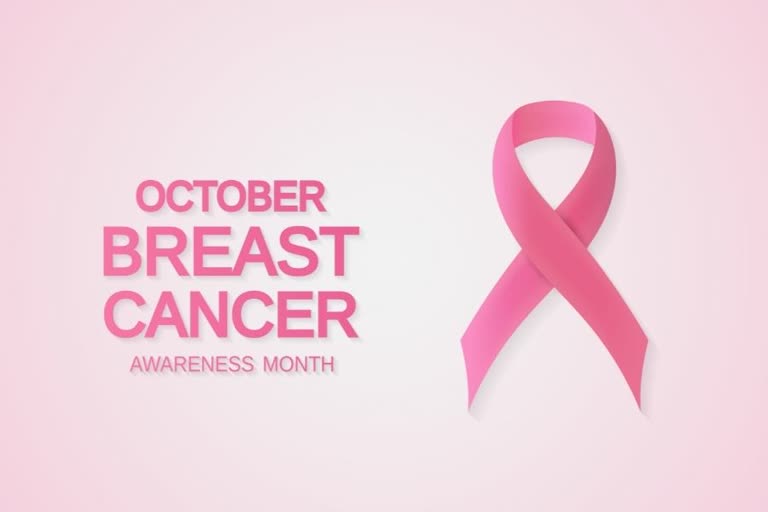Breast cancer is a serious disease, but it is not incurable. This is the reason why gynecologists often advise women to get an immediate checkup in case they notice a lump or anything unusual in their breasts. Because, if the condition is diagnosed at the right time, proper treatment is possible and one can get rid of the condition completely.
Earlier women were not so cautious about breast cancer, but with the help of mass awareness campaigns carried out all around the world, especially on social media, women have become more aware about it. But the awareness is mostly restricted to the urban areas and the rural population still remains clueless about it.
Therefore, every year in the month of October is celebrated as Breast Cancer Awareness Month, with the motive to make everyone aware about this condition, so that timely treatment can be provided. The theme for Breast Cancer Awareness month 2021 is “RISE: Rally In Supporting, Serving and Screening Everyone”.
According to the Indian Cancer Society, one out of every 28 women is at risk of suffering from it, which can even prove to be fatal if timely diagnosis and treatment is not given.
What is breast cancer?
The Indian Cancer Society explains that Breast cancer occurs when some breast cells begin to grow abnormally. These cells divide more rapidly than healthy cells and continue to gather, forming a lump or mass. The cells may spread (metastasize) to the lymph nodes or other parts of the body. Breast cancer mostly begins with cells in the milk-producing ducts (invasive ductal carcinoma) or in the glandular tissue called lobules (invasive lobular carcinoma) or in other cells or tissue within the breast.
Interestingly, breast cancer occurs mostly in women, but men may be a victim of it too since they have breast tissue as well.
There are basically 4 stages of breast cancer. The chances of recovery in the first stage are up to 80% and 60-70% in the second stage. The treatment becomes a little complicated in the third and fourth stages.
What are the risk factors?
The exact cause of breast cancer is not known yet. However, studies have shown that hormonal changes, lifestyle, and other environmental factors can be responsible for increasing the risk of breast cancer.
Risk factors as listed out by the Indian Cancer society include:
- Increasing Age
- A Personal History of Breast Conditions
- A Personal History of Breast Cancer
- A Family History of Breast Cancer
- Inherited Genes that Increase Cancer Risk
- Radiation Exposure
- Obesity
- EarlyMenstruationor Late Menopause.
- Having the First Child at an Older Age
- Never Had a Pregnancy
- Postmenopausal Hormone Therapy
- Drinking alcohol
- Being Physically Inactive
- Long Term Use of Oral Contraceptives
- Dense Breasts
- Smoking
Can the risk be reduced?
The World Health Organization (WHO) states that behavioural choices and related interventions that reduce the risk of breast cancer include:
- prolongedbreastfeeding;
- regular physical activity;
- weight control;
- avoidance of harmful use of alcohol;
- avoidance of exposure to tobacco smoke;
- avoidance of prolonged use of hormones; and
- avoidance of excessive radiation exposure.
Unfortunately, even if all of the potentially modifiable risk factors could be controlled, this would only reduce the risk of developing breast cancer by at most 30%.
What are the symptoms?
Every female knows how a normal breast looks and if something is abnormal, they need to consult an expert immediately. Here are some of the symptoms you can look for, as stated by the Indian Cancer Society so that treatment can be provided without any delay:
- A lump in the breast or underarm (most common symptom)
- An inverted nipple (newly developed)
- Change in the size, shape, or appearance of the breast.
- Peeling, scaling, crusting, or flaking of the area of skin surrounding the nipple or breast skin.
- Redness or pitting of the skin over the breast (like the peel of an orange).
- Bloody or clear discharge from the nipple.
- Swelling, warmth, redness, or darkening on the breast.
- Itchy, scaly sore or rash on the nipple.
Also Read:Breast Health Issues - Myths And Facts
